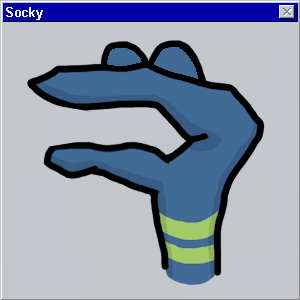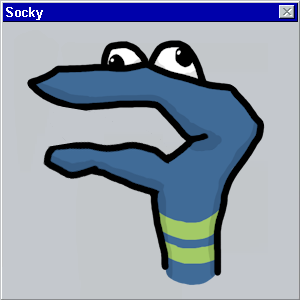How can I improve my digital photo development? Complication.
March 6, 2014 7:45 AM Subscribe
I'd like to improve my skills at post-processing my digital photos, generally in Aperture. I'm colorblind.
I'm pretty badly colorblind (two different deficiencies - very severe red-green and moderate blue-yellow). Mostly it's a problem when I want to correct white balance after shooting in low or difficult light. What generally happens is that I get the exposure where I want it but I find out later I have color casts in the flesh tones that are not generally deemed pleasant. It can range from too rosy all the way to having green in the skin tones. My deficiency is severe enough that once it gets close to correct I can't tell that I'm off, or I can't tell which direction. When I deal with color-coded information (not photo related) at work I use the digital color meter to make sure I have the right color.
I would probably have less problems if I was more diligent about using custom white balance when I am aware there will be an issue, but there are times that can't help.
Any color blind photo-people out there having experience with this? Any bright ideas for using the histogram - Maybe I can check the flesh tone highlights for a typical color profile (or at least check that it's not completely out of whack)?
I'm pretty badly colorblind (two different deficiencies - very severe red-green and moderate blue-yellow). Mostly it's a problem when I want to correct white balance after shooting in low or difficult light. What generally happens is that I get the exposure where I want it but I find out later I have color casts in the flesh tones that are not generally deemed pleasant. It can range from too rosy all the way to having green in the skin tones. My deficiency is severe enough that once it gets close to correct I can't tell that I'm off, or I can't tell which direction. When I deal with color-coded information (not photo related) at work I use the digital color meter to make sure I have the right color.
I would probably have less problems if I was more diligent about using custom white balance when I am aware there will be an issue, but there are times that can't help.
Any color blind photo-people out there having experience with this? Any bright ideas for using the histogram - Maybe I can check the flesh tone highlights for a typical color profile (or at least check that it's not completely out of whack)?
Best answer: I'm colorblind. I use an ExpoDisc whenever possible. It isn't quite as easy to use as the website claims, but you get the hang of it and it does work.
I realize you're asking about post-processing and not setting a custom balance ("there are times that can't help"), but I suggest the ExpoDisc in case you may not be aware of it. It helps me with this specific problem. I use Lightroom, so I don't have any Aperture tricks; and unfortunately my "trick" to solving the skin cast problem is just what all colorblind folk learn to do: I ask somebody else to take a look.
posted by cribcage at 8:02 AM on March 6, 2014
I realize you're asking about post-processing and not setting a custom balance ("there are times that can't help"), but I suggest the ExpoDisc in case you may not be aware of it. It helps me with this specific problem. I use Lightroom, so I don't have any Aperture tricks; and unfortunately my "trick" to solving the skin cast problem is just what all colorblind folk learn to do: I ask somebody else to take a look.
posted by cribcage at 8:02 AM on March 6, 2014
Disclaimer: I am not colorblind, so if this isn't helpful, I apologize.
Would learning how to read the RGB values help you? If you understand the RGB values of an area, when looking at your image, you might be able to determine when an image has an undesirable color cast. For example, if an area of an image should be neutral, and the RGB values are R 128 G 190 B 128--then you'd know that the area has a green cast.
Do you use Photoshop at all? If so, you might be able to remove reflective color (say, if your subject was wearing a neon green shirt and reflecting neon green onto the subject's face) using the color range selection tool. Color casts in flesh tones are a pretty common problem, so there are a lot of tutorials out there for removing it. Also, when you are sampling colors with the color range tool, it looks like this, displaying how much of the color you sampled is in each pixel by displaying it in black and white. That might be a way for you to be able to see what the colors are like in your images.
posted by inertia at 12:32 PM on March 6, 2014
Would learning how to read the RGB values help you? If you understand the RGB values of an area, when looking at your image, you might be able to determine when an image has an undesirable color cast. For example, if an area of an image should be neutral, and the RGB values are R 128 G 190 B 128--then you'd know that the area has a green cast.
Do you use Photoshop at all? If so, you might be able to remove reflective color (say, if your subject was wearing a neon green shirt and reflecting neon green onto the subject's face) using the color range selection tool. Color casts in flesh tones are a pretty common problem, so there are a lot of tutorials out there for removing it. Also, when you are sampling colors with the color range tool, it looks like this, displaying how much of the color you sampled is in each pixel by displaying it in black and white. That might be a way for you to be able to see what the colors are like in your images.
posted by inertia at 12:32 PM on March 6, 2014
This thread is closed to new comments.


posted by mzurer at 7:49 AM on March 6, 2014